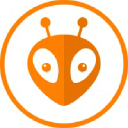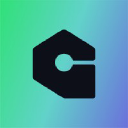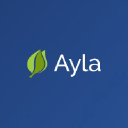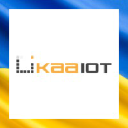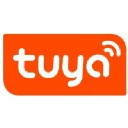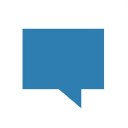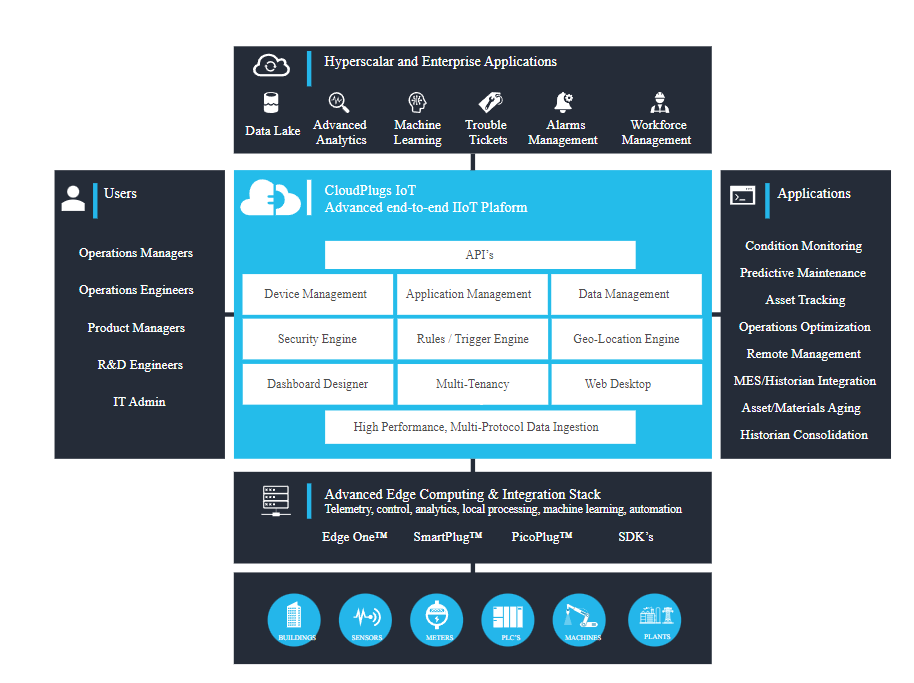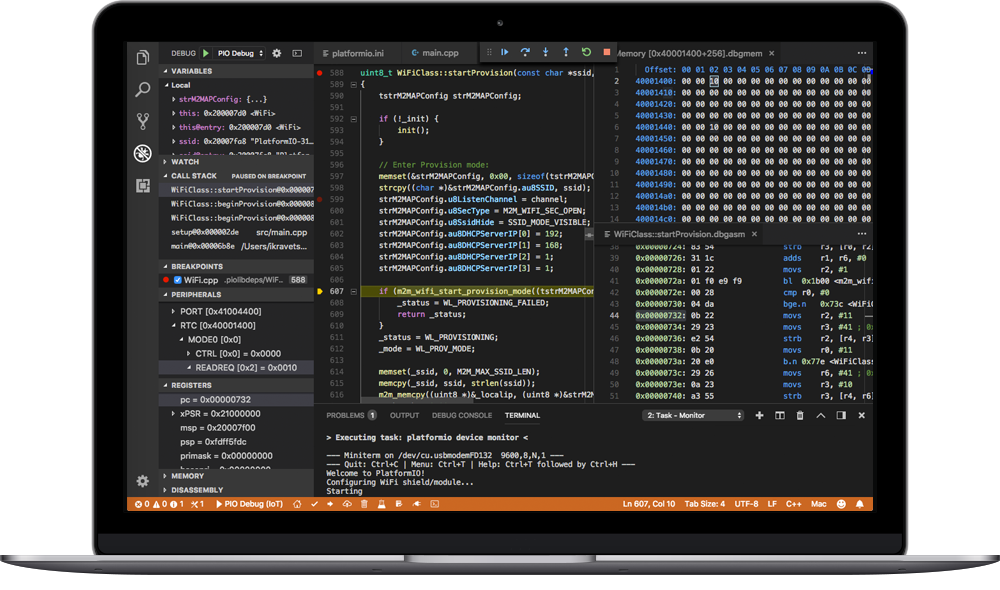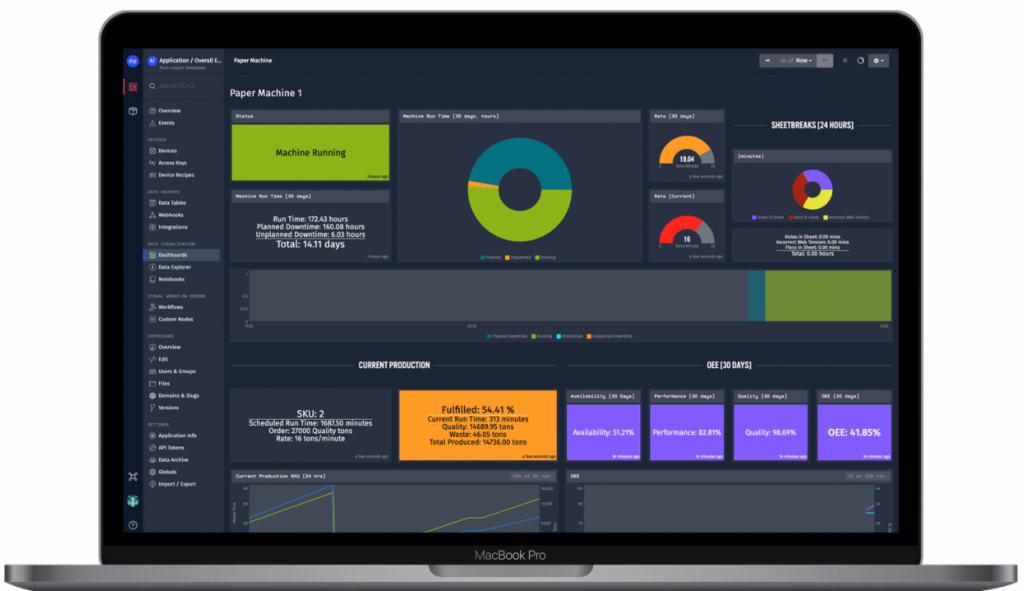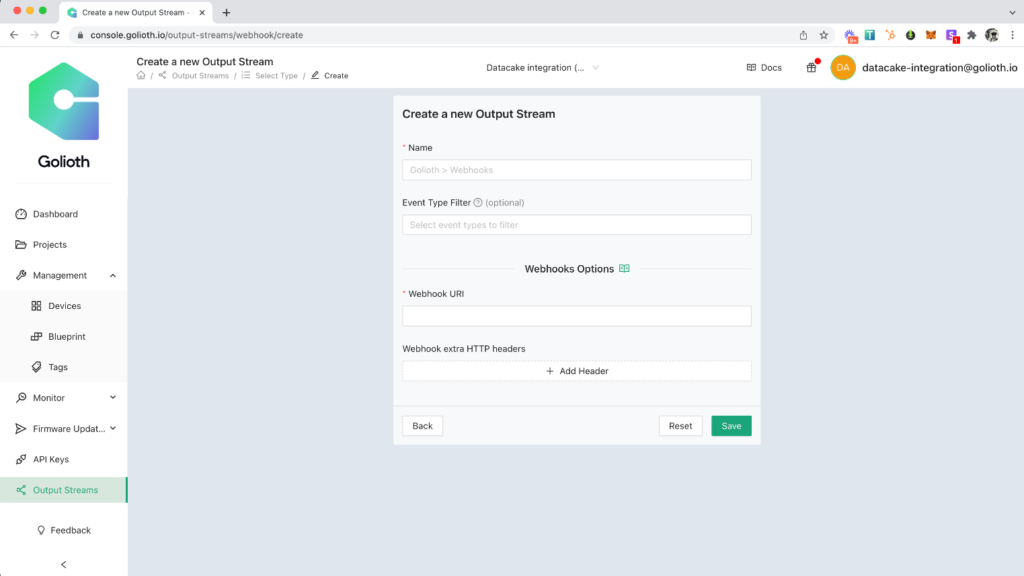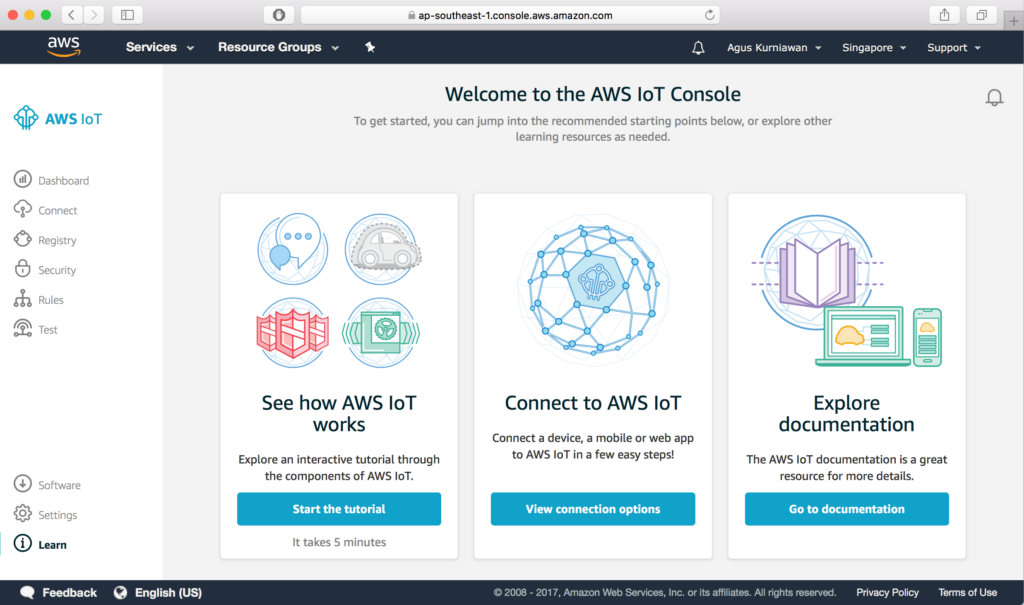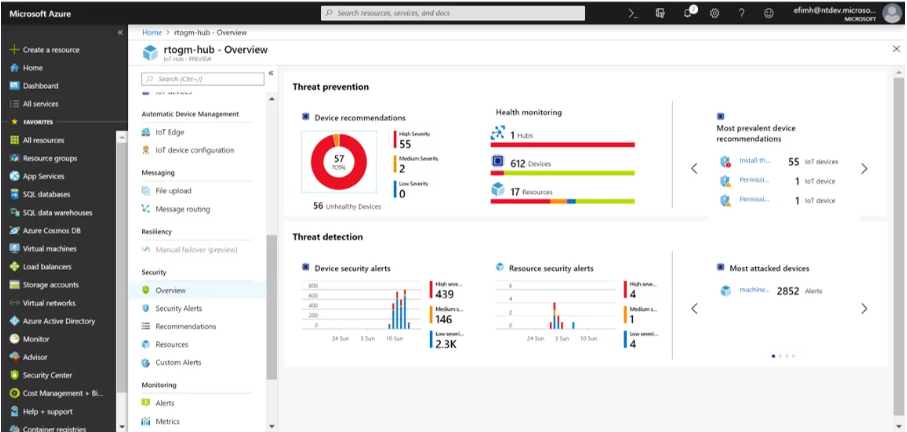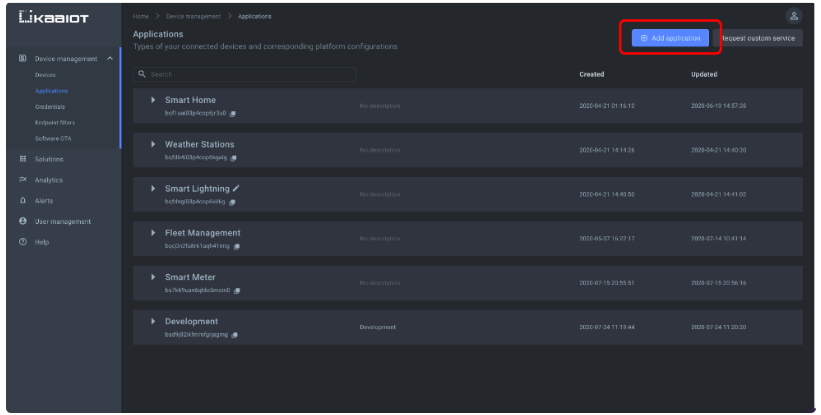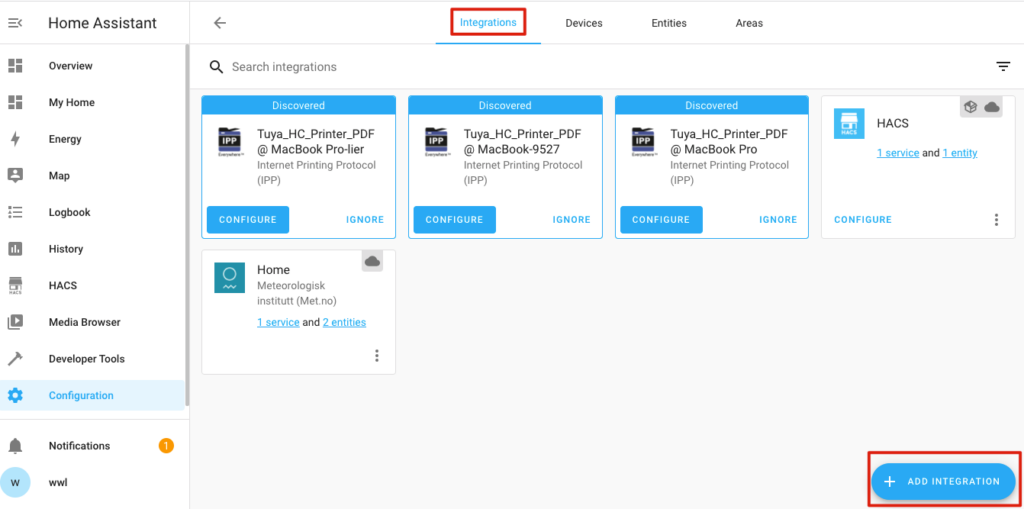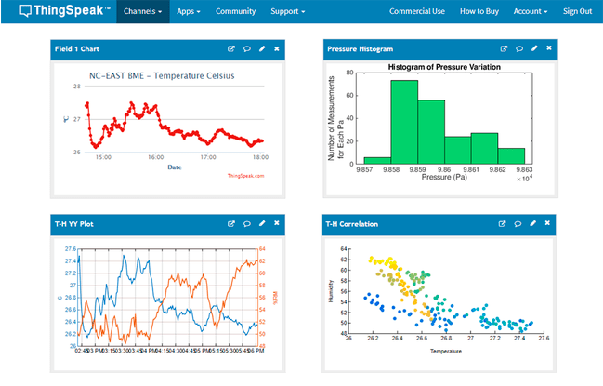10 Best IoT Development Platform Shortlist
Here's my pick of the 10 best software from the 23 tools reviewed.
Our one-on-one guidance will help you find the perfect fit.
In my exploration of the Internet of Things platforms, I've discerned the essence of the best IoT platform: it's more than just software development. A top-tier IoT cloud platform seamlessly blends APIs, big data, and machine learning, enabling data management that's easy and efficient.
Whether you're operating on iOS, Android, or Linux, or diving into smart cities and healthcare ventures, the right platform offers cloud computing, on-premise solutions, and a development kit to ensure connectivity through Wi-Fi and Bluetooth. With artificial intelligence in the mix, predictive maintenance and business processes get a transformative boost, making your IoT products and IoT services truly stand out.
What Is an IoT Development Platform?
An IoT development platform is a comprehensive suite of data center tools and services designed to support the creation, deployment, and management of applications within the notification of the Internet of Things ecosystem. Typically utilized by developers, businesses, and tech innovators, these platforms facilitate the interconnection of devices, enabling them to share and process data in real-time.
This interconnectedness drives innovations in industries ranging from smart homes and wearables to large-scale industrial systems, revolutionizing efficiency, decision-making, and user experiences.
Best IoT Development Platforms Summary
| Tool | Best For | Trial Info | Price | ||
|---|---|---|---|---|---|
| 1 | Best for lifecycle automation | No | Pricing upon request | Website | |
| 2 | Best for multi-platform IoT development | No | From $10/user/month (billed annually) | Website | |
| 3 | Best for enterprise IoT solutions | Not available | Pricing upon request | Website | |
| 4 | Best for edge device connectivity | No | Pricing upon request | Website | |
| 5 | Best for scalability in large networks | Not available | From $8/user/month (billed annually) | Website | |
| 6 | Best for cloud-native IoT solutions | No | From $10/user/month (min 5 seats) | Website | |
| 7 | Best for end-to-end device management | Not available | Pricing upon request | Website | |
| 8 | Best for extensible IoT integration | No | Pricing upon request | Website | |
| 9 | Best for smart home device creation | No | Pricing upon request | Website | |
| 10 | Best for real-time data visualization | Not available | Website |
-

Docker
Visit WebsiteThis is an aggregated rating for this tool including ratings from Crozdesk users and ratings from other sites.4.6 -

Pulumi
Visit WebsiteThis is an aggregated rating for this tool including ratings from Crozdesk users and ratings from other sites.4.8 -

GitHub Actions
Visit Website
Best IoT Development Platforms Reviews
In the realm of IoT, CloudPlugs shines by emphasizing automation throughout a device's lifecycle. Their platform is centered around streamlining processes, ensuring consistent management from a device's inception to retirement.
Why I Picked CloudPlugs: In determining which platforms to spotlight, CloudPlugs stood out to me due to its comprehensive automation capabilities. My judgment led me to value the way it tackles the entirety of a device's life, which is a distinguishing feature. This holistic approach justifies its position as the best for lifecycle automation.
Standout Features & Integrations:
CloudPlugs offers a robust smart plug-and-play system that automates device registration and provisioning. Furthermore, its orchestration engine ensures automated operational processes. On the integration front, CloudPlugs smoothly collaborates with an array of sensors, controllers, and popular cloud platforms.
Pros and cons
Pros:
- Integration capabilities with varied IoT devices and cloud platforms
- Smart plug-and-play system simplifies device operations
- Comprehensive lifecycle automation tools
Cons:
- Relies heavily on user expertise for advanced configurations
- Potentially steep learning curve for beginners
- Limited insights on the pricing structure
PlatformIO IDE emerges as a trailblazer for developers, granting them the ability to create IoT applications across multiple platforms. With a single codebase, developers can target a plethora of devices and environments.
Why I Picked PlatformIO IDE: PlatformIO IDE made it to my list after witnessing its prowess in offering a unified development environment. The ease with which one can target multiple platforms without rewriting code made it a clear choice. Such capabilities, in my opinion, make it best for multi-platform IoT development.
Standout Features & Integrations:
At its core, PlatformIO IDE offers a cross-platform build system, eliminating the traditional hurdles of different development environments. Additionally, it provides advanced debugging, intelligent code completion, and an integrated library manager. Its integration capabilities shine when working with various embedded boards, microcontrollers, and sensors, allowing developers to maintain a wide-reaching focus.
Pros and cons
Pros:
- Integrated library manager simplifies component management
- Advanced debugging tools ensure refined code quality
- Cross-platform build system streamlines development
Cons:
- The initial setup may appear complex to newcomers
- Could benefit from broader community support
- Annual billing might be off-putting to some
Losant specializes in delivering robust IoT solutions tailored for large-scale businesses. Its platform offers comprehensive tools and services, ensuring enterprises harness the full potential of the Internet of Things.
Why I Picked Losant: I selected Losant after meticulously reviewing a plethora of IoT platforms. What captivated me about Losant was its design focus on enterprise-grade requirements, setting it apart from its peers. This focus, combined with its impressive scalability and depth, positioned it as the best for enterprise IoT solutions.
Standout Features & Integrations:
Losant boasts an intuitive visual workflow engine, allowing users to define complex IoT operations without a steep learning curve. Additionally, its real-time data stream capabilities ensure timely insights for decision-makers. Integration-wise, Losant meshes well with major cloud providers, database services, and CRM systems, amplifying its utility in diverse enterprise settings.
Pros and cons
Pros:
- Strong integration with leading cloud and database services
- Visual workflow engine eases the creation of IoT operations
- Designed specifically for enterprise-grade demands
Cons:
- Could benefit from more extensive documentation for advanced features
- Absence of transparent pricing details
- It might be overwhelming for smaller businesses or startups
Golioth offers a platform that bridges the gap between edge devices and the cloud, facilitating smooth data flow. As edge devices become pivotal in the IoT landscape, Golioth's focus on optimizing their connectivity is essential.
Why I Picked Golioth: In my quest to find platforms prioritizing edge device connectivity, Golioth stood out. Their unique approach to this niche, yet increasingly critical area of IoT, solidified its spot on this list. Given the rising importance of edge devices, Golioth appears to be a prime choice for addressing connectivity challenges.
Standout Features & Integrations:
Golioth emphasizes real-time data streaming from edge devices, ensuring timely insights. It also boasts a device management system that eases the deployment and monitoring process. Key integrations for Golioth include support for popular IoT protocols and compatibility with various edge hardware.
Pros and cons
Pros:
- Broad compatibility with edge hardware and protocols
- Robust device management system
- Strong emphasis on real-time data streaming
Cons:
- Potential scalability concerns for vast networks
- Limited community support and resources
- A relative newcomer to the IoT platform market
Amazon Web Services (AWS) brings to the table its IoT solution that promises and delivers scalability, especially for expansive networks. As networks grow, the ability to scale without hitches becomes paramount, and AWS IoT is designed with that in mind.
Why I Picked AWS IoT: Selecting AWS IoT was a result of judging its impeccable track record in handling large-scale networks. Its robust infrastructure and consistent performance made it clear why it's the go-to choice for scalability. For sprawling networks with a need to grow, AWS IoT is undeniably apt.
Standout Features & Integrations:
AWS IoT offers device shadowing to track and set desired device states, ensuring consistent device behavior. It also comes with a rules engine that helps in routing data to other AWS services. As for integrations, AWS IoT connects with other AWS services such as Lambda, DynamoDB, and S3.
Pros and cons
Pros:
- Smooth integration with other AWS services
- Built-in rules engine optimizes data routing
- Device shadowing ensures consistent device behavior
Cons:
- Some regional limitations in availability
- The steep learning curve for those unfamiliar with the AWS ecosystem
- Pricing can become complex with multiple services
Microsoft's Azure IoT solution shines when it comes to cloud-native implementations. Designed with cloud-first strategies in mind, it aids enterprises in deploying IoT solutions that are inherently aligned with the cloud.
Why I Picked Microsoft Azure IoT: In determining platforms that prioritize cloud-native strategies, Azure IoT was hard to overlook. Its cloud-centric design and Microsoft's vast cloud infrastructure make it distinct in its offerings. For endeavors seeking cloud-native IoT solutions, Azure IoT is a clear frontrunner.
Standout Features & Integrations:
Azure IoT touts a robust device provisioning service that simplifies the device onboarding process. Additionally, it offers IoT Edge, which allows intelligence to run on local IoT devices. On the integration front, Azure IoT melds well with other Azure services, ensuring a cohesive cloud experience.
Pricing:
Pros and cons
Pros:
- Harmonious integration with Azure's extensive services
- IoT Edge facilitates local device intelligence
- Device provisioning service simplifies onboarding
Cons:
- Potential latency issues in some regions
- Requires familiarity with the Azure ecosystem
- Can be pricier for smaller implementations
In the vast domain of IoT platforms, Ayla Networks establishes itself as a foundational force. Through its services, Ayla Networks endeavors to offer a full spectrum of device management, covering each stage of a device's lifecycle.
Why I Picked Ayla Networks: During my assessment of myriad IoT platforms, Ayla Networks caught my attention. In judging and comparing, I determined that Ayla's holistic approach to managing devices—from inception to operation—set it apart from the rest. This comprehensive capability solidified its position as the best for end-to-end device management.
Standout Features & Integrations:
Ayla Networks crafts a platform that not only facilitates device onboarding but also ensures effective monitoring throughout a device's life. The cloud-based nature of the platform lends itself to rapid data analysis and endpoints. Furthermore, Ayla integrates smoothly with major cloud providers, assisting businesses in maximizing their current infrastructure's potential.
Pros and cons
Pros:
- Integration with prominent cloud service providers
- Swift data analytics through its cloud platform
- Comprehensive device lifecycle management
Cons:
- Information scarcity on custom integrations without direct inquiry
- Potential steep learning curve for novices
- Absence of transparent pricing on the website
KaaIoT emerges in the IoT space as an adaptable platform, specializing in the intricacies of IoT integrations. With its emphasis on adaptability, KaaIoT positions itself to empower businesses to evolve and grow without constraints.
Why I Picked KaaIoT: I chose KaaIoT after meticulous scrutiny of several platforms. What made KaaIoT stand out was its dedication to providing a flexible environment, allowing businesses to expand their IoT ventures without limitations. This flexibility is why I believe KaaIoT is best for extensible IoT integration.
Standout Features & Integrations:
KaaIoT is designed with adaptability at its core, allowing device connectivity and protocol adjustments. Its platform offers an open-source foundation, encouraging customization to meet specific requirements. On the integration front, KaaIoT is known for its capacity to meld with a wide variety of third-party tools and systems.
Pros and cons
Pros:
- Broad third-party integration capabilities
- Open-source foundation promoting customization
- Emphasis on platform flexibility and extensibility
Cons:
- Requires technical know-how for advanced customization
- Pricing structure not immediately evident
- Might be overwhelming for businesses new to IoT
With the smart home market booming, Tuya stands at the forefront, providing a comprehensive platform for smart device development. Catering specifically to the creation of smart home products, it offers tools that simplify the device-to-market journey.
Why I Picked Tuya IoT Development Platform: Selecting Tuya was a direct result of evaluating its unique strengths in the smart home domain. Amongst numerous platforms, its dedication to facilitating smart home device creation was unparalleled. Thus, for individuals or companies venturing into smart home innovations, Tuya remains my top recommendation.
Standout Features & Integrations:
Tuya excels with its global AI+IoT platform, supporting a range of smart home devices. It also provides a multi-dimensional development process that includes modules, networks, and cloud development. Key integrations comprise compatibility with popular voice assistants and varied smart home ecosystems, ensuring users reach a broader audience.
Pros and cons
Pros:
- Compatibility with leading voice assistants and ecosystems
- Multi-dimensional development tools offer depth
- Focused approach to smart home device development
Cons:
- Occasionally restrictive in terms of customization
- Steeper learning curve compared to some competitors
- The absence of transparent pricing might deter some users
ThingSpeak makes its mark in the IoT ecosystem by championing the power of immediate data visualization. It's not just about gathering data, but also about presenting it in a manner that fosters quick insights and decisions.
Why I Picked ThingSpeak: When selecting platforms, ThingSpeak immediately impressed me with its prowess in data representation. The platform's emphasis on real-time visualization, allowing users to interpret and act upon data without delay, is what truly sets it apart. This is precisely why I endorse ThingSpeak as the best for real-time data visualization.
Standout Features & Integrations:
ThingSpeak shines with its capacity to ingest data and render it in easily digestible formats. Its intuitive dashboard and charting capabilities stand out, making data comprehension a straightforward process. In terms of integrations, ThingSpeak has built strong ties with popular analytics tools and data processing software to elevate its capabilities.
Pros and cons
Pros:
- Established integrations with key analytics tools
- Intuitive dashboard and charting functions
- Robust focus on real-time data visualization
Cons:
- Might require a learning phase for optimal use
- Absent clear pricing information
- Could benefit from broader device support
Other Notable IoT Development Platforms
- Ubidots
Good for quick IoT application deployment
- ioBridge
Good for simple IoT connectivity solutions
- Qubitro
Good for device management and visualization
- Mongoose IoT
Good for lightweight OS integrations
- balena
Good for fleet management of IoT devices
- IBM IoT
Good for AI-driven IoT analytics
- Niagra
Good for building automation and control
- Google Cloud IoT Core
Good for native Google Cloud integrations
- Eclipse IoT
Good for open-source IoT development
Selection For Choosing an IoT Development Platform
Selecting the right IoT software can be a daunting task, especially with the array of options available today. I've tried out more than 20 tools, and it was clear that while many offer impressive features, not all of them cater to every need. What I've compiled below is a set of criteria that matter most when selecting this specific type of software.
Core Functionality
- Device Management: Ability to register, deregister, and monitor devices in real-time.
- Data Collection: Collection of data from multiple devices and forwarding it to databases or other applications.
- Real-time Analytics: Analyzing data as it streams from devices to provide immediate insights.
- End-to-end Security: Encryption and protection of data both in transit and at rest.
- Over-the-Air Updates: Capability to send updates to devices remotely.
Key Features
- Multi-protocol Support: Ability to communicate using various protocols like MQTT, CoAP, HTTP, etc.
- Scalability: The software should be able to handle an increasing number of connected devices without degrading performance.
- Integration Capabilities: Options for integrating with other business systems, cloud services, or third-party platforms.
- Rule Engine: Allows users to set conditions or triggers based on which certain actions are performed.
- Device Grouping: Categorizing devices based on certain attributes or functions for easier management.
Usability
- Interactive Dashboard: A dashboard that provides a holistic view of all connected devices, their statuses, and relevant analytics.
- Guided Setup: An intuitive setup process with clear instructions for first-time users.
- Role-Based Access Control: The software should offer granular control over who can access what, especially crucial for large teams.
- Effective Customer Support: Availability of a knowledgeable support team, preferably with a dedicated account manager for enterprise users.
- Comprehensive Documentation: A thorough resource or library for users to refer to when they have questions or need guidance.
Most Common Questions Regarding IoT Development Platforms (FAQ's)
What are the main benefits of using an IoT development platform?
Using an IoT development platform offers several advantages including:
- Streamlined Device Management: It allows for easier registration, monitoring, and management of multiple devices.
- Enhanced Data Analytics: These platforms provide tools for real-time data analysis, offering actionable insights.
- Security: They offer end-to-end security measures, ensuring data integrity both in transit and at rest.
- Scalability: Such IoT platforms are designed to handle a growing number of devices, ensuring sustainable performance.
- Integration Capabilities: They typically come with a suite of integration options with other business systems, clouds, or third-party platforms.
How much do these IoT development platforms typically cost?
The cost of IoT development platforms can vary greatly depending on the features, scalability, and brand. Some platforms have a pay-as-you-go model while others might charge a flat monthly or annual fee.
What are the common pricing models for IoT platforms?
There are several pricing models prevalent in the industry:
- Subscription-Based: Monthly or yearly fees.
- Pay-as-you-go: Charges based on the number of connected devices or the amount of data processed.
- Freemium: Basic services are free, with additional costs for advanced features.
What's the typical price range for these tools?
Prices can range anywhere from $10/month for basic services to over $1,000/month for enterprise-grade solutions catering to large numbers of devices.
Which is the most affordable IoT development platform?
It’s hard to pinpoint a single cheapest option as pricing depends on specific requirements and features. However, platforms like “Mongoose IoT” and “Blynk” often come up as cost-effective choices for small to mid-sized deployments.
Are there any premium or high-end options?
Yes, platforms like “Cisco IoT”, “Google Cloud IoT Core”, and “Microsoft Azure IoT” are considered more premium and cater to large-scale enterprise needs with comprehensive features and integration options.
Are there free tools available for IoT development?
Certainly, many platforms offer freemium models. For instance, “Blynk” has a free tier for hobbyists and developers which can be useful for initial prototyping.
Why is there such a wide price range for these platforms?
The price range varies due to the differences in features, support, scalability, and target audience. While some platforms cater to individual developers or small businesses, others are designed for large enterprises with thousands of devices, necessitating more robust features and hence, a higher price point.
Other IoT Development Platform Reviews
Summary
Choosing the right IoT development platform is pivotal for ensuring streamlined device management, enhanced data analysis, and overall efficient IoT deployment. The marketplace is replete with options, ranging from budget-friendly solutions tailored for small-scale deployments to premium, enterprise-grade platforms designed for handling expansive IoT networks.
Key Takeaways
- Define your needs: Before diving into the selection process, outline what you expect from the platform—whether it's advanced data analytics capabilities, scalability, or particular integration options.
- Security is paramount: Regardless of the scale of your IoT deployment, prioritize IoT security platforms that offer robust security measures. Given the connected nature of IoT, a small vulnerability can have extensive ramifications.
- Understand Pricing Models: IoT platforms come with varied pricing structures—from subscription-based to pay-as-you-go models. By comprehending these structures, you can select a platform that provides value without straining your budget.
What Do You Think?
Lastly, while I've done extensive research and hands-on evaluations to compile this list, the ever-evolving landscape of IoT platforms might mean there are rising stars I've yet to discover. If you've had a positive experience with a tool not mentioned here, I'd genuinely appreciate your input. Please share your recommendations in the comments or reach out directly. Your insights might just help someone find their perfect IoT development platform fit.


